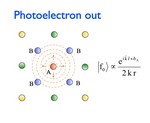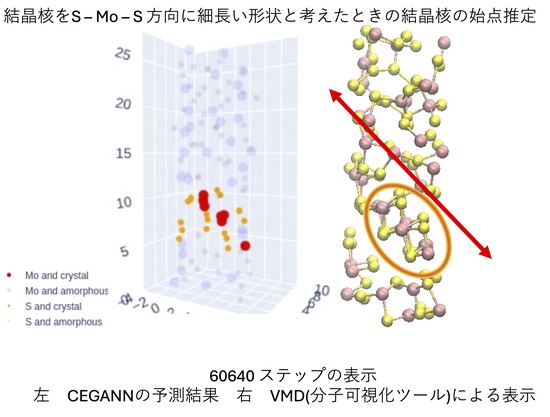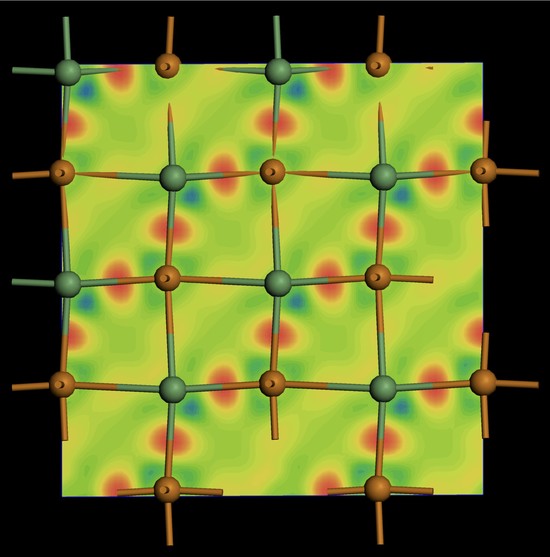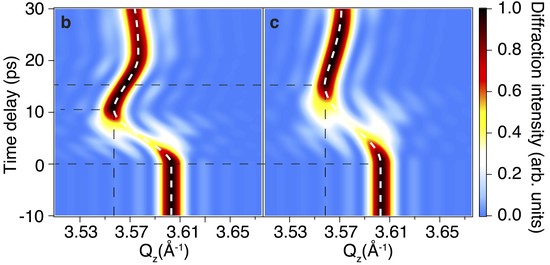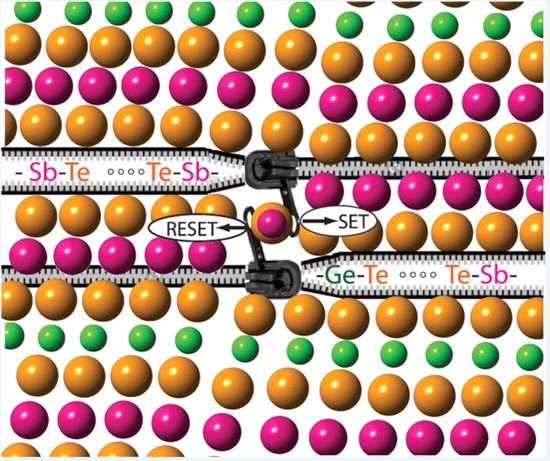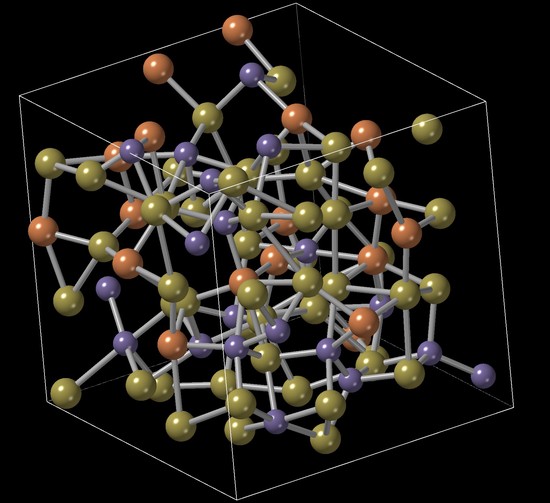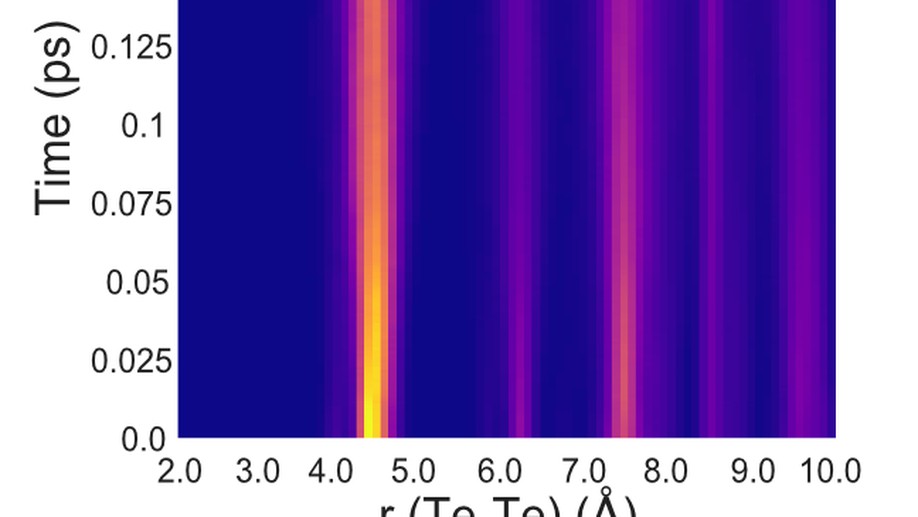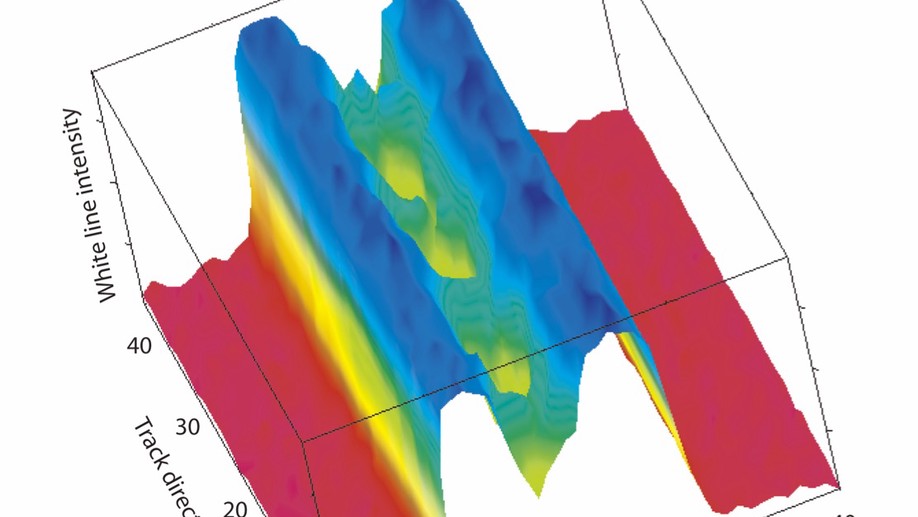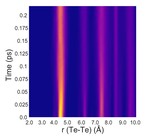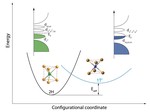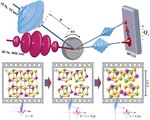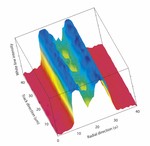Paul Fons
Professor of Electronics and Electrical Engineering, School of Integrated Design and Engineering
Keio University
Biography
Paul Fons
Interests
- Computational Materials Science
- Machine Learning and Materials Informatics
- The structure and function of amorphous solids
- Monolayer materials for electronics applications (transition metal dichalcogenides)
- Materials design for new functionality
- 2D Materials (transition metal dichalcogenides)
- Phase-change Materials
Education
PhD in Materials Science
University of Illinois at Urbana-Champaign
MS in Physics
University of Illinois at Urbana-Champaign
BSc in Physics
Bates College, Lewiston ME
